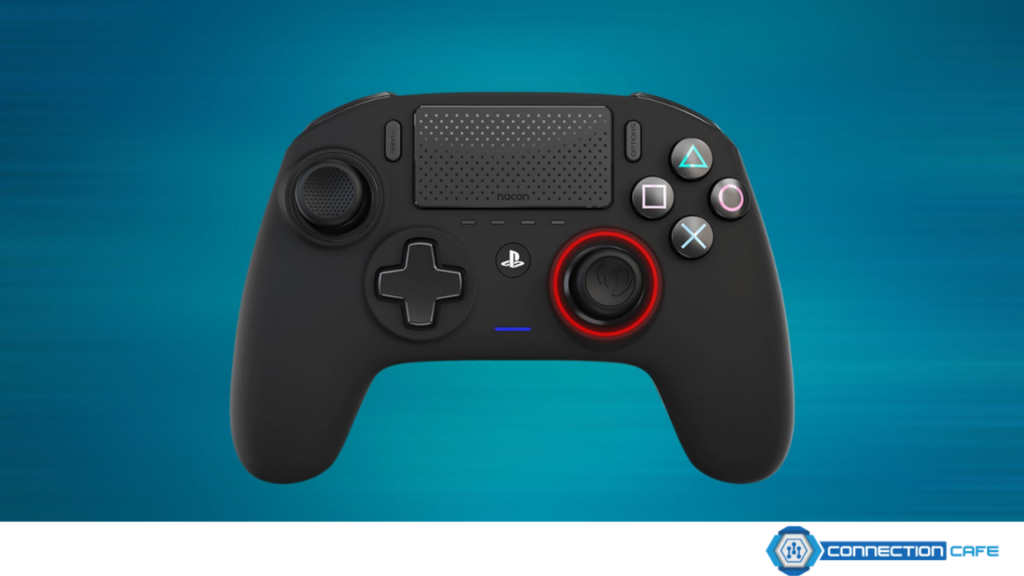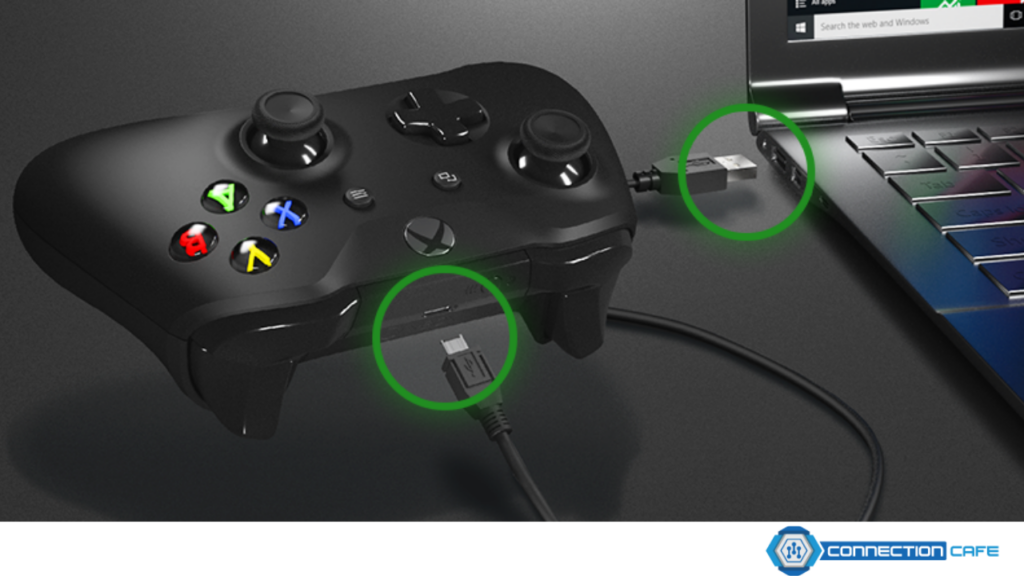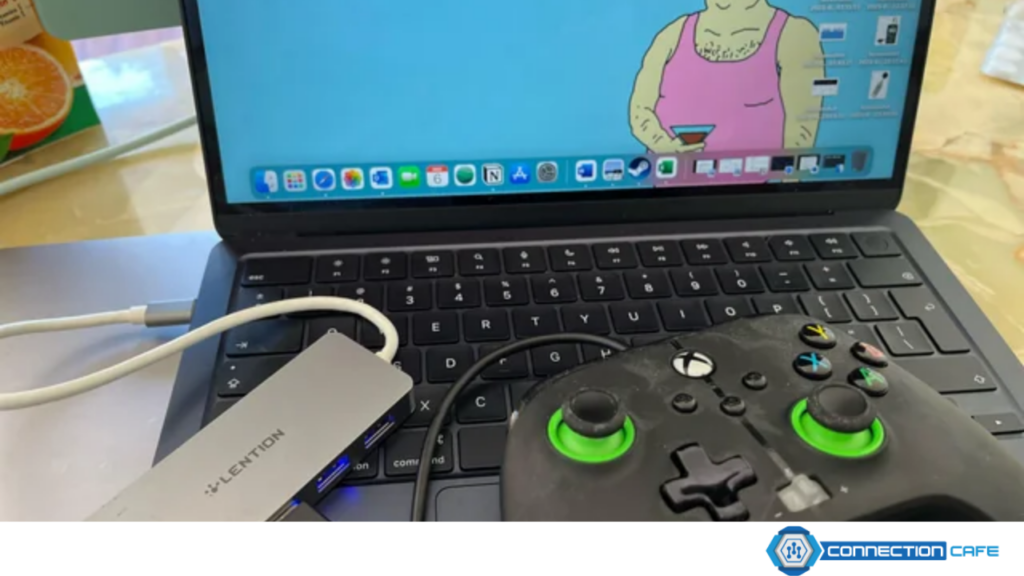Linking your Xbox controller to a Windows PC is nearly as straightforward as connecting it to a console. Here’s how to do it in a few simple steps.
While the Xbox Wireless Gamepad, as well as the Xbox Elite Wireless Controller and Xbox Elite Core Controller, may carry the Xbox branding, they are not exclusively for use with consoles.
These controllers can also be synced with Windows 10 and Windows 11, enabling wireless usage with any compatible PC game. Here’s how to begin using your Xbox gamepad with your PC.
Determine which model of Xbox controller you possess.
If you’ve recently acquired a new Xbox gamepad, you can proceed without this step, as you already have the latest version. Similarly, if you obtained one within the past few years, it’s likely up-to-date.
The current Xbox Wireless Gamepad is identical to the one bundled with the Xbox Series S/X and supports both Xbox wireless communication and Bluetooth.
Most Xbox Wireless Gamepads from the earlier wave of Xbox One consoles also featured Bluetooth. If you intend to use Bluetooth or a wired connection, you’re ready to proceed.
Original Xbox One controllers do not have Bluetooth capability and instead rely solely on Xbox’s wireless communication standard. While this is suitable for Xbox consoles, it poses a challenge for PC usage.
However, you can still utilize one with your PC, but the procedure varies; you’ll need to acquire a wireless dongle.
Check the Guide button (the big, glowing Xbox logo in the center). A seamless transition between the button and the controller’s face indicates a Bluetooth gamepad.
On non-Bluetooth controllers, the plastic surrounding the Guide button will match the bumper buttons and have a visible seam.
Alternatively, look for a small rectangular Capture button nestled between the Menu and View buttons on the controller’s face. If your controller sports this button and a USB-C port on the top, you’ve got a current Xbox Series controller with Bluetooth capabilities.
Link Your Xbox Controller to Your PC Using a Cable
It’s a straightforward process, but you’ll need a physical cable to connect the controller to your PC. Here’s how:
- Connect one end of your USB-to-micro USB or USB-to-USB-C cable (depending on your controller version) to the controller.
- Connect the other end to your PC.
That’s all! It will automatically set up on Windows 10 and 11, and function with nearly any game on your PC.
Pair Your Xbox Controller with Your PC Using Bluetooth
Pairing the Xbox controller with your PC via Bluetooth follows a similar process to pairing it with your Xbox One or Xbox Series.
You activate the controller by holding down the Guide button, then press and hold the Pairing button for three seconds until the Guide button flashes, indicating it’s in pairing mode. If connecting to a console, you press the Pairing button on the system itself.
For connection to a Windows 10 PC, you’ll navigate through menus. Additionally, if your PC lacks Bluetooth, you’ll need a Bluetooth USB dongle. Here’s the complete step-by-step procedure:
- Power on the controller by holding the Guide button.
- Hold the Pairing button for three seconds until the Guide button flashes rapidly.
- On your PC, access the Bluetooth settings and select “Add device.”
- Choose “Bluetooth” and then select “Xbox Wireless Controller” from the list of devices.
- Wait for the pairing process to complete. The Guide button should turn solid white and the Bluetooth menu will confirm the connection.
Your favorite Xbox Wireless Gamepad can now be used for a wide range of controller-compatible titles on your computer.
There’s one caveat to keep in mind though: the gamepad’s headset jack, similar to those found on Sony’s DualShock 4 and DualSense controllers, won’t function when connected to your PC via Bluetooth.
This means that while a wired headset works perfectly fine with the gamepad on its home Xbox console, the audio won’t transmit through the jack on PC in Bluetooth mode.
You’ll need to use an alternative audio solution, like a USB headset or headphones connected directly to your PC, for voice chat or listening to game audio.
Link Your Xbox Controller to Your PC Using a USB Adapter
Older Xbox One controllers and those who prioritize a dedicated wireless connection with headset support for newer controllers will need an Xbox Wireless Adapter for Windows 10.
This USB dongle offers a familiar pairing process – just like connecting your controller to your Xbox – by pressing a button on both the adapter and controller to establish a direct wireless connection, bypassing the need for Bluetooth setup.
Regrettably, this adapter is currently unavailable. It may still be found online, typically priced between $40 to $75, rather than its original cost of $25, but locating one can be challenging.
If you manage to acquire one, it will enable you to use up to eight gamepads simultaneously, whereas Microsoft suggests using only one at a time with Bluetooth. Additionally, the adapter activates the headset jack, with adjustable settings accessible in the Xbox app.
While the Xbox Wireless Adapter offers a familiar pairing experience, there are other options. 8Bitdo’s USB Wireless Adapter provides an alternative connection method, but keep in mind it uses Bluetooth and might not support the headset jack like the official adapter.
On the plus side, 8Bitdo’s Ultimate Software lets you customize your gamepad controls, a feature not available with the standard Bluetooth connection.
Linking Alternative Game Controllers to Your PC
Don’t worry about controllers for other consoles! We have separate guides to help you connect Nintendo Switch and PS4/5 controllers to your PC. Need more help picking the perfect controller for your PC gaming needs?
Check out our comprehensive guide! And when you’re ready to jump into the action, we’ve got a curated list of recommended PC games waiting for you.



